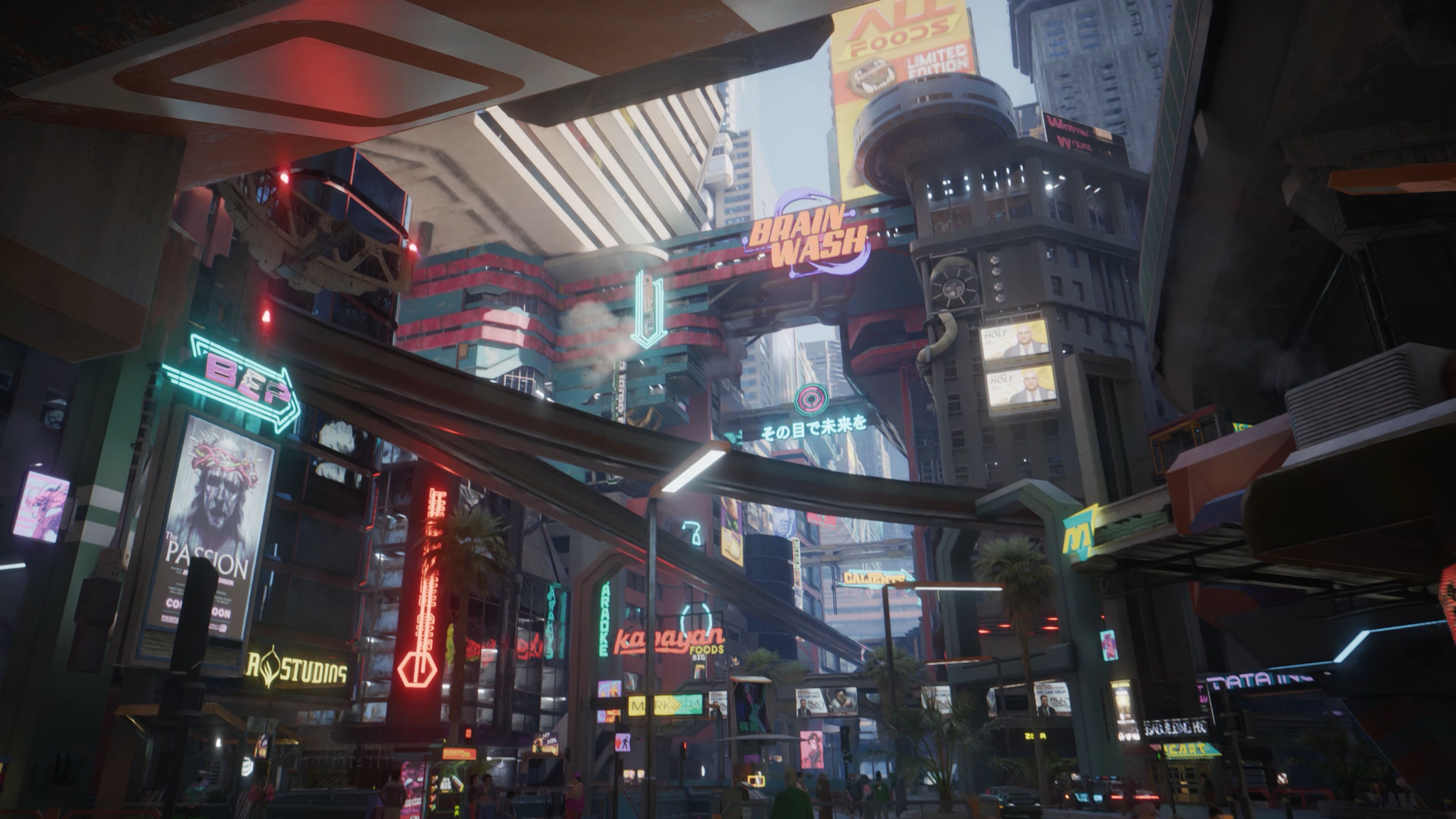Recent Updates in AAA Game News: Environmental Storytelling
In the ever-evolving landscape of AAA game development, one narrative technique has steadily risen to prominence, reshaping how players engage with virtual worlds: environmental storytelling. Unlike traditional exposition through cutscenes or dialogue, environmental storytelling leverages the game’s setting—its architecture, objects, lighting, and sound—to convey narrative, emotion, and context. Recent advancements in technology, coupled with a growing emphasis on immersive experiences, have propelled this technique into the spotlight, making it a critical tool for developers aiming to create deeply resonant and believable worlds.
The Evolution of Environmental Storytelling
Environmental storytelling is not a new concept. Early examples can be traced back to games like System Shock 2 (1999) and BioShock (2007), where abandoned spaces and carefully placed audio logs revealed layers of narrative without direct character interaction. However, the past few years have witnessed a significant evolution in how AAA titles implement this approach. With the advent of photorealistic graphics, advanced physics engines, and sophisticated audio design, developers can now craft environments that are not only visually stunning but also rich with subtext and nuance.
The push toward open-world and semi-open-world designs has further accelerated this trend. Games like The Legend of Zelda: Breath of the Wild and Elden Ring demonstrate how vast, interconnected landscapes can tell stories through geography alone. A ruined fortress, a overgrown path, or a strategically placed corpse can hint at past conflicts, natural disasters, or personal tragedies, inviting players to piece together the narrative themselves.
Technological Enablers
Several technological advancements have been key to enhancing environmental storytelling in recent AAA games. Ray tracing, for instance, allows for dynamic lighting and shadows that can dramatically alter the mood of a scene. In Cyberpunk 2077, night-time scenes in rain-soaked alleys are not just visually impressive; the interplay of neon lights and reflections creates an atmosphere of decadence and decay, reinforcing the game’s themes of inequality and corruption.
Similarly, improvements in audio spatialization and dynamic soundscapes contribute to narrative immersion. In The Last of Us Part II, the rustling of leaves, distant echoes of infected creatures, and the subtle changes in music tone provide constant environmental cues that inform the player about potential dangers or emotional shifts. This layered audio design ensures that the environment feels alive and responsive, rather than static.
Procedural generation and AI-driven systems are also playing a growing role. While hand-crafted environments remain the gold standard for narrative depth, tools like procedural placement can add variety and realism to large worlds. For example, Red Dead Redemption 2 uses a combination of hand-designed scenes and procedural elements to create a living, breathing world where every cabin, campfire, and animal encounter feels intentional and meaningful.

Notable Examples from Recent Releases
Several recent AAA titles have set new benchmarks for environmental storytelling. FromSoftware’s Elden Ring (2022) is a masterclass in minimalist narrative design. The game’s world, the Lands Between, is littered with ruins, monuments, and cryptic inscriptions that hint at a deep and complex history. Without relying on lengthy expositions, the game uses visual cues—such as the Erdtree’s golden rays piercing through a corrupted landscape—to convey themes of hope, despair, and cyclical decay. Players are encouraged to explore and interpret these elements, fostering a sense of discovery and personal investment.
Another standout is Star Wars Jedi: Survivor (2023), which uses environmental details to bridge the gap between the iconic franchise’s lore and new character-driven stories. Abandoned Jedi temples, imperial outposts, and bustling markets are filled with artifacts that reflect the broader galactic conflict while highlighting the personal journeys of characters like Cal Kestis. The game’s level design often rewards curiosity, with hidden passages and optional areas revealing additional context about the world’s state.
Horizon Forbidden West (2022) also excels in this regard. The game’s post-apocalyptic setting is a tapestry of crumbling old-world structures and vibrant natural ecosystems. Through holographic recordings, scattered data points, and the architecture of ancient ruins, players uncover the story of the world’s downfall and the rise of new societies. The environment itself becomes a character, with each region reflecting different aspects of the narrative—from the lush but dangerous jungles that hide technological secrets to the arid deserts that speak of resilience and adaptation.
The Role of Player Agency
One of the most significant shifts in modern environmental storytelling is the emphasis on player agency. Rather than passively consuming narrative, players are active participants in uncovering the story. This is evident in games like Death Stranding, where the isolation of the landscape mirrors the protagonist’s emotional journey, and players must navigate treacherous terrain to reconnect a fractured society. The physical act of traversal—whether climbing a mountain or forging a river—becomes a narrative device in itself.
Non-linear storytelling is also gaining traction. In Baldur’s Gate 3, environments are designed to accommodate multiple player choices and outcomes. A haunted mansion might reveal different clues depending on the player’s actions, and the same location can tell contrasting stories based on whether the player approaches it with stealth, force, or diplomacy. This flexibility ensures that the narrative feels personalized and responsive to individual playstyles.
Challenges and Criticisms
Despite its strengths, environmental storytelling is not without challenges. One common criticism is that subtlety can sometimes lead to confusion or narrative ambiguity. In games like Elden Ring, some players may find the lack of direct explanation frustrating, potentially missing key plot points altogether. Developers must strike a balance between openness and clarity, ensuring that the environment provides enough cues to guide the player without undermining the sense of discovery.
Additionally, the resource-intensive nature of creating detailed environments can be a constraint. High-fidelity assets, complex lighting setups, and intricate sound design require significant time and budget, which may not always be feasible for every project. There is also the risk of over-reliance on environmental cues at the expense of character development or pacing, leading to a disjointed experience.
Future Directions
Looking ahead, the future of environmental storytelling in AAA games seems poised for further innovation. The integration of machine learning could lead to more adaptive environments that change based on player behavior, creating dynamic narratives that evolve in real-time. Virtual reality (VR) and augmented reality (AR) also offer new possibilities for immersion, allowing players to interact with narrative elements in more tactile and intuitive ways.
Moreover, as games continue to explore diverse genres and themes, environmental storytelling will likely expand beyond traditional fantasy and sci-fi settings. Historical epics, contemporary dramas, and even abstract worlds could benefit from this technique, offering fresh perspectives and emotional depth.
Conclusion
Environmental storytelling has become a cornerstone of modern AAA game design, transforming virtual spaces into rich, narrative-driven experiences. By leveraging cutting-edge technology and embracing player agency, developers are creating worlds that are not only visually breathtaking but also emotionally and intellectually engaging. As the industry continues to push the boundaries of what games can achieve, environmental storytelling will undoubtedly remain a vital tool for crafting unforgettable journeys—one where every corner turned, every object found, and every sound heard contributes to a larger, more meaningful story.
















